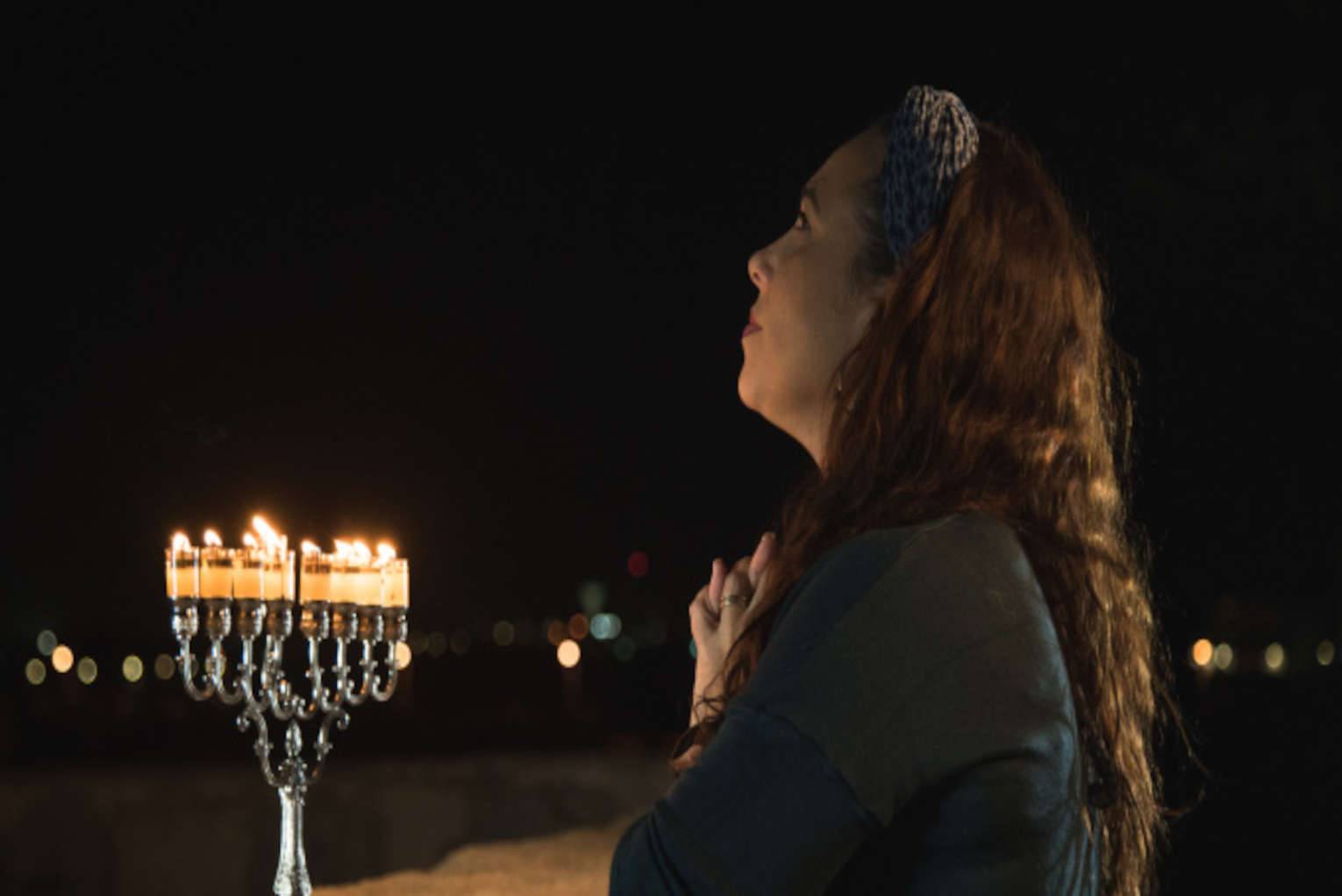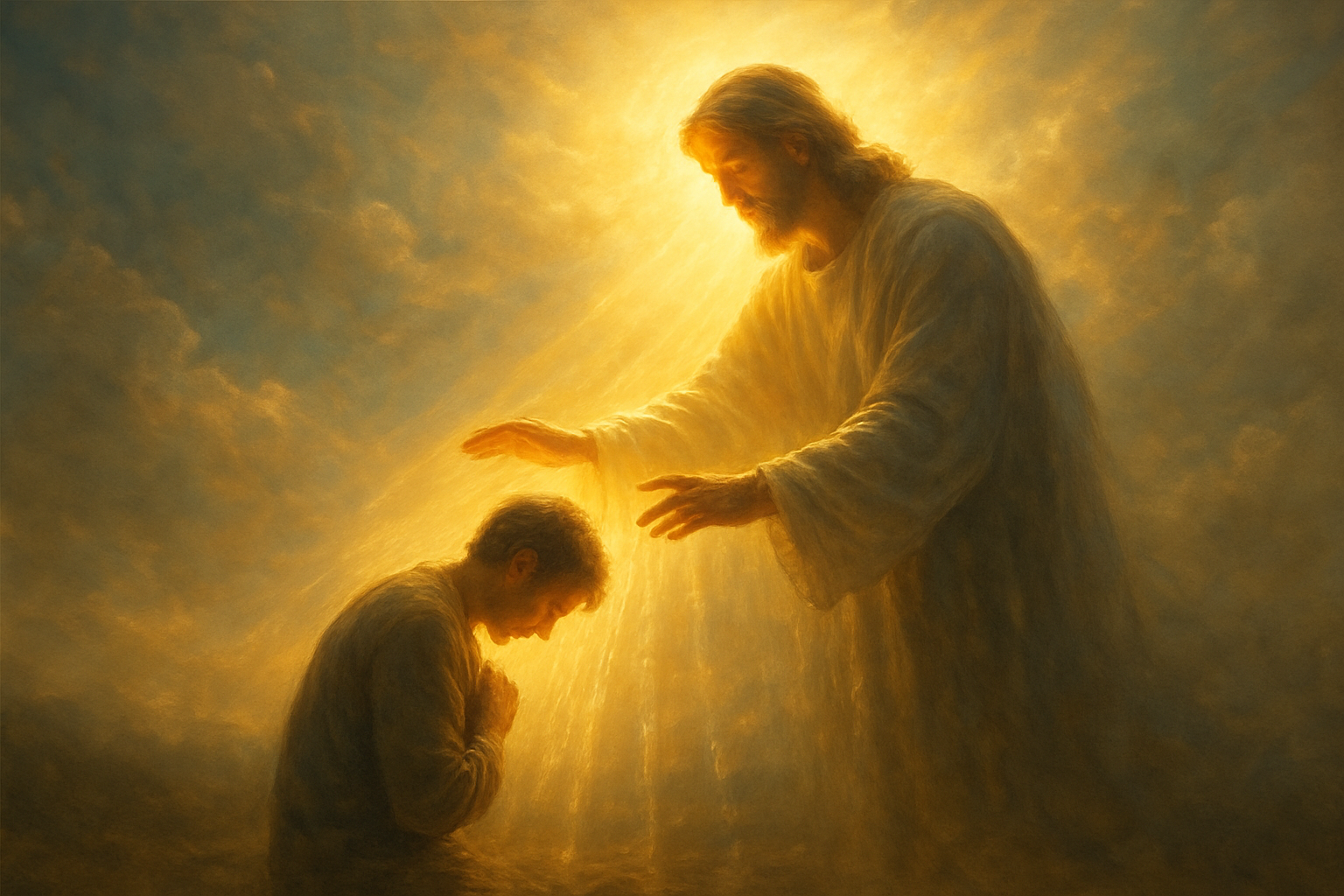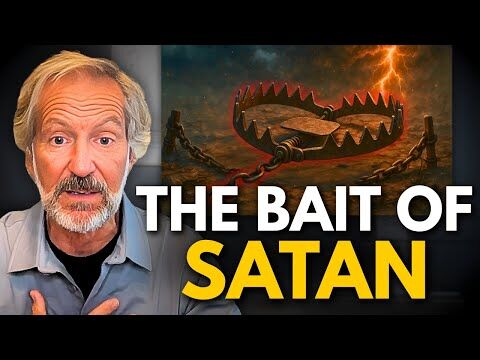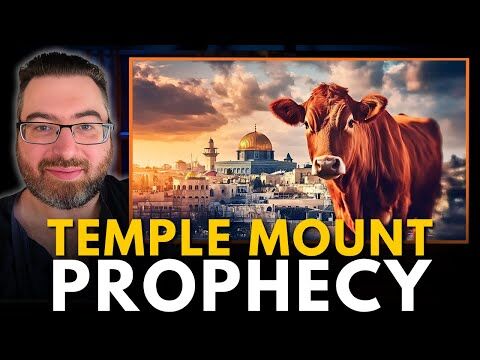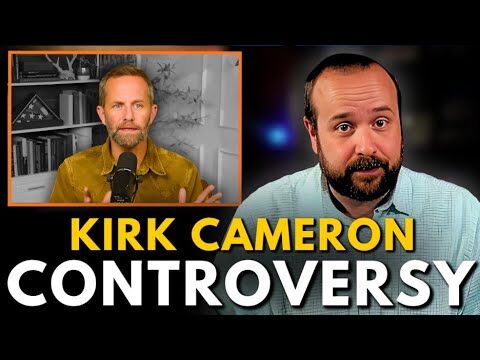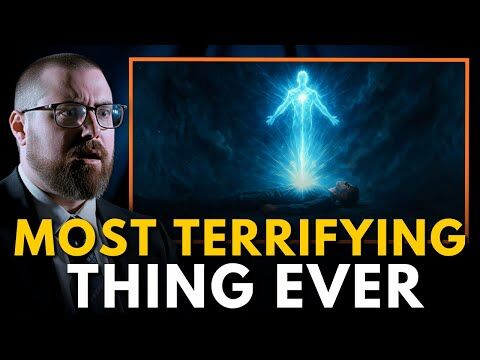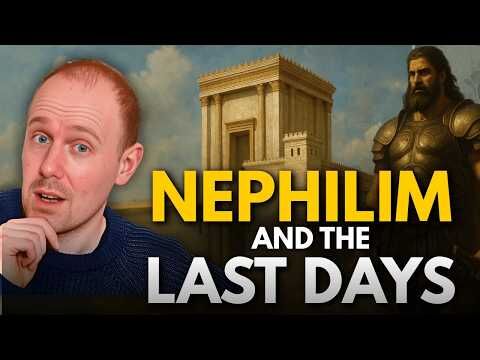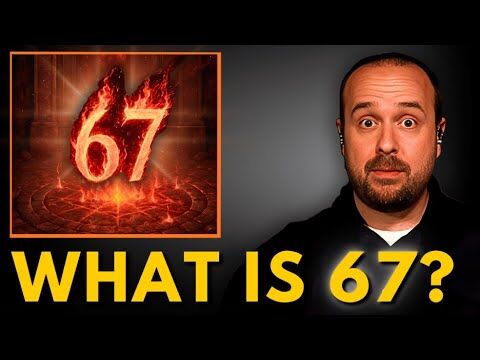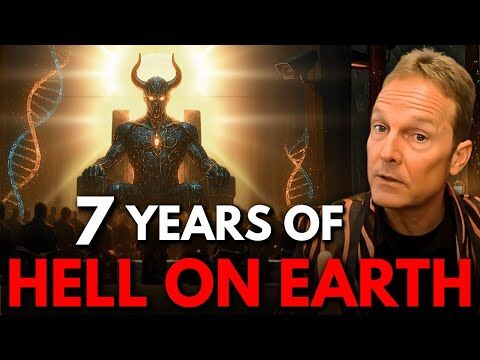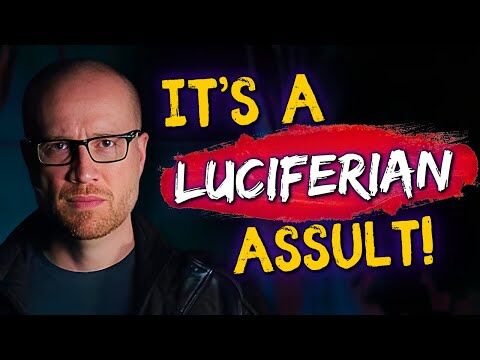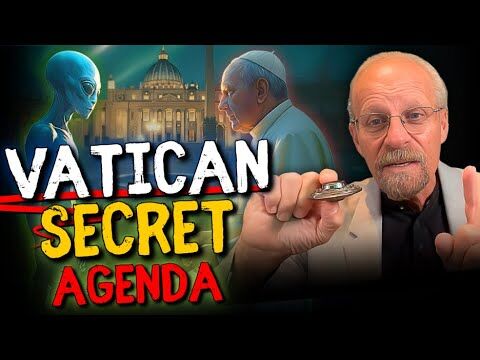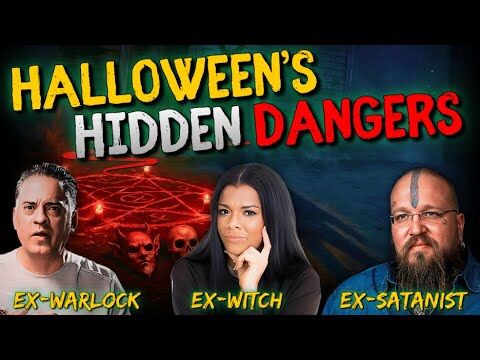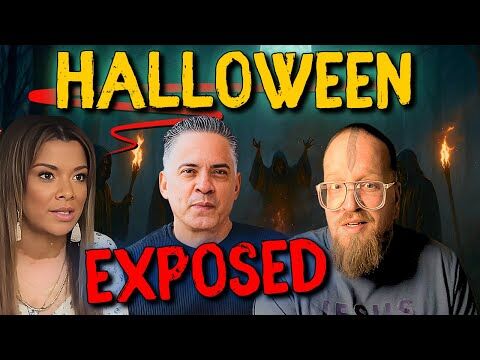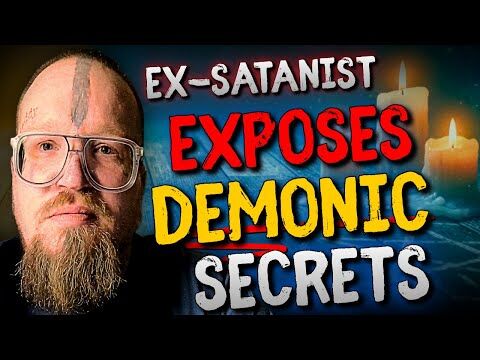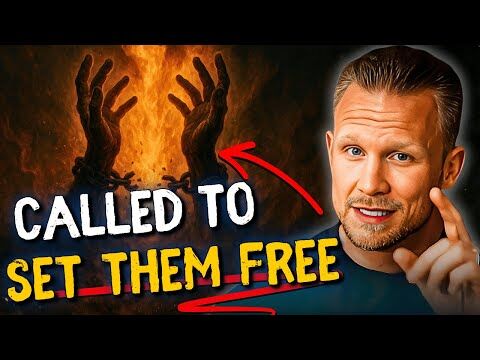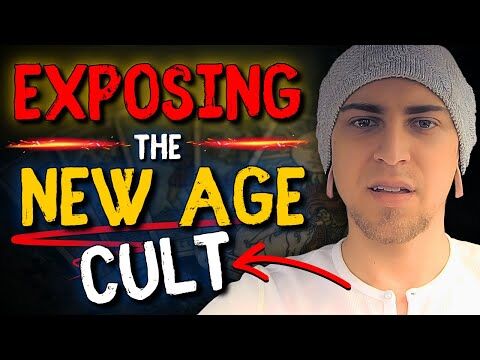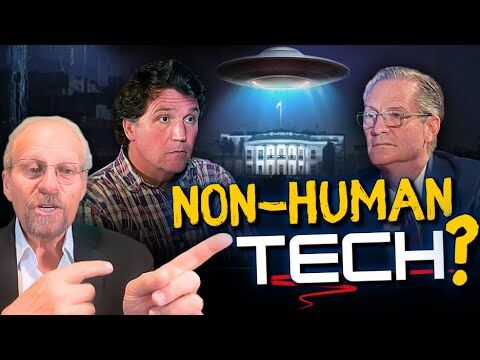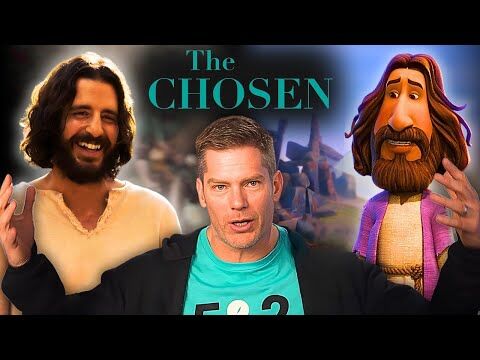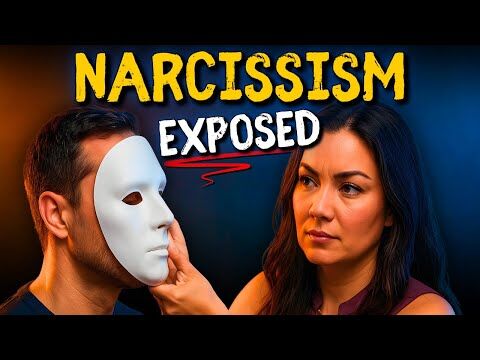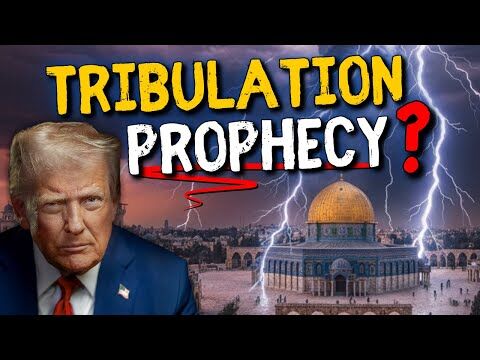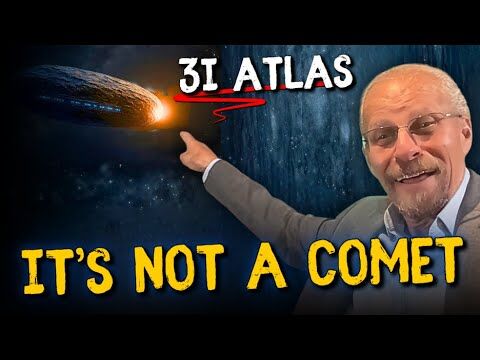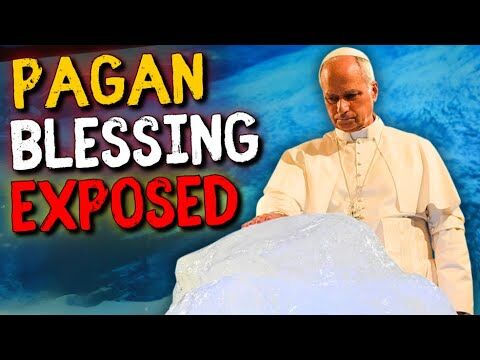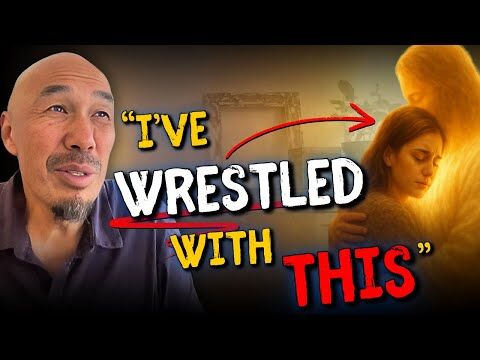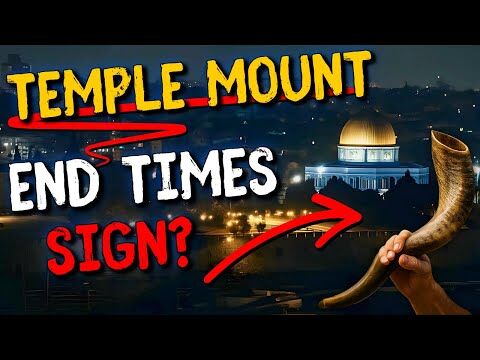One hundred years ago a son of slaves brought the Pentecostal message to African Americans in the South. Today, the Church of God in Christ is poised to spread the gospel worldwide.
In 1894, less than 30 years after the Civil War, a young African-American minister named Charles Harrison Mason preached his first sermon on holiness in the small town of Preston, Arkansas. He told his congregants, many of whom worked as tenant farmers on the plantations where they were once enslaved, to “endure hardship as a good soldier of Christ,” drawing his text from 2 Timothy 3:12.
After the service he went away for two weeks. When he returned, revival had broken out. Asked to preach a series of evangelistic meetings, Mason went immediately into the woods to seek God for direction. “I … fell to my knees and asked the Lord to give evidence of my call to the ministry by giving success and converting leading sinners of that community,” Mason recalled.
He received confirmation when a young woman, crying out for salvation, met him on his way into town. She and numerous others were saved during Mason’s meetings.
The revival, as described by Mason’s third wife, Elsie, began the ministry of a man who would help change the religious landscape of the United States. Armed with a passion to spread a message of sanctification through the power of the Holy Spirit, Mason eventually founded what is now the largest Pentecostal denomination in the U.S., the Church of God in Christ (COGIC).
Mason said God revealed the name to him as he walked down a street in Little Rock, Arkansas, praying. “If you take this name, the Church of God in Christ,” Mason said God told him, “there will never be a building large enough to house the people whom I will send to you.”
This month, as the denomination celebrates its 100th anniversary in Memphis, Tennessee, no one venue will be able to hold them. With 6 million members, COGIC has established churches in 59 nations, including Japan, South Africa, Haiti and Cuba. And despite its unprecedented growth, COGIC’s founder never set out to make history; he was simply discontent with the status quo. “I was not satisfied with a faith that brought no fruit, or else fruit of so poor a quality, spiritually, and a religion that had none of the signs spoken of in the scriptures in Mark 16:14-18 and Hebrews 2:11,” Mason once wrote. “I wanted to be one of wisdom’s true sons, and like Abraham, a friend of God.”
The Rise of Pentecostalism
Born September 8, 1866, in Bartlett, Tennessee, Mason attended a Missionary Baptist church as a child and desired the spiritual experience he saw modeled among former slaves. When he was 12, the Mason family moved from Tennessee to Plumersville, Arkansas, where they worked as tenant farmers.
The following year, young Mason was miraculously healed of a deadly fever and then baptized at Mount Olive Baptist Church by pastor I.S. Nelson, who was also his half brother. He then traveled throughout Arkansas testifying of his healing and praying with others before being ordained a Baptist minister in 1891.
Also in 1891, Mason married Alice Saxton, but the marriage ended within two years because of her opposition to Mason’s ministry. Suffering from depression because of the divorce, Mason reportedly considered suicide. Determined to overcome, he attended Arkansas Baptist College but became disillusioned and withdrew after only two months.
Mason was passionate about restoring the emotive spirituality exhibited among blacks during slavery, which was marked by holy dances, ecstatic worship and falling under the Spirit’s power. But finding a church that shared his views became a difficult task. It was his passion for a genuine experience with God that led him into the holiness movement.
Mason was inspired by the writings of Amanda Smith, a prominent African-American holiness evangelist. Smith and other holiness preachers proposed that sanctification allowed individuals to live a sinless life and was a definite second work of grace available to Christians after salvation, beliefs that were common to John Wesley, whose followers founded Methodism. These ideas transformed Mason’s understanding and, he felt, led him closer to the spiritual experiences of slaves. After reading Smith’s autobiography, Mason testified of having received sanctification.
In 1895 Mason met Charles Price Jones, a black Baptist preacher who shared similar views about sanctification. However, both Mason and Jones encountered much persecution because of their holiness belief. Dissatisfied with the growing opposition they experienced in Baptist churches, Mason and Jones held a meeting in Jackson, Mississippi, in 1896 and organized a holiness fellowship among Baptist churches. The group appointed Jones to oversee the work in Mississippi, Mason the work in Tennessee and John A. Jeter that in Arkansas.
Mason held evangelistic meetings in Natchez, Mississippi, and then held a revival in Lexington, Mississippi. Finding organized churches closed to holiness, Mason preached from the local courthouse steps. His message stirred interest, and he soon held services in a local home. When the home became too small for the crowds, services were moved to a nearby gin mill. There the first COGIC congregation was organized in 1897 and given the name Church of God.
However, because other organizations used that name, Mason prayed for God to reveal another name for the church. It was then that Mason said he was given the name “Church of God in Christ,” drawn from 1 Thessalonians 2:14: “For ye, brethren, became followers of the churches of God … in Christ Jesus” (KJV). Jones was appointed as general overseer, while Mason continued to serve as overseer of Tennessee and to pastor in Lexington.
In 1905, Mason learned of the death of his ex-wife, Alice. Having remained unmarried since their divorce in 1893, Mason felt free to remarry Lelia Washington, who attended his church. During this time he also assumed the pastorate of the South Fort Pickering COGIC in Memphis, Tennessee, which prompted him ultimately to move COGIC headquarters from Lexington to Memphis.
The Rise of Pentecostalism
In 1906, after some members of Mason’s Memphis church moved to Los Angeles, they reportedly became acquainted with the Pentecostal outpouring at a small mission on Azusa Street. Under the leadership of black holiness pastor William J. Seymour, people of various races, social statuses and denominational affiliations had received the Holy Spirit baptism accompanied with speaking in tongues. For years Mason felt that he heard God speak to Him in an unknown tongue but was uncertain about its meaning. He thought visiting Los Angeles might deepen his understanding.
COGIC leadership was equally intrigued and sent Mason and others to investigate. In March 1907 Mason and ministry partners D.J. Young and Jeter traveled to Los Angeles, where for five weeks they participated in the revival services led by Seymour.
At Azusa Street, Mason became convinced that individuals who accepted Christ and subsequently received sanctification could also receive an additional experience. Mason accepted the teaching that the baptism of the Holy Spirit was not the work of sanctification, as most holiness members believed at that time, but a deeper work of God in a believer’s life. In addition, Mason searched the Scriptures and agreed with Seymour’s teaching that tongues-speech was the Bible evidence that one had received the Holy Spirit baptism. Mason then began to seek the experience.
Struggling with how to receive the Holy Spirit baptism, Mason was instructed by a woman to praise God with gladness and let God do the work. Of this experience he later wrote: “Then I gave up, for the Lord to have His way within me. So there came a wave of glory into me, and all of my being was filled with the glory of the Lord. So when He had gotten me straight on my feet there came a light which enveloped my entire being above the brightness of the sun.
“When I opened my mouth to say glory, a flame touched my tongue which ran down in me. My language changed and no word could I speak in my own tongue. Oh, I was filled with the glory of the Lord. My soul was then satisfied. I rejoiced in Jesus my Savior, whom I love so dearly. And from that day until now there has been an overflowing joy of the glory of the Lord in my heart.”
Mason returned to Memphis with a new zeal for God and ministry. “I was full of power and when I reached home the Spirit had taken full control of me and everything was new to me,” he wrote. “I soon found out the Lord was teaching me and … I asked Him to give me the interpretation of what was spoken in tongues for I did not understand the operation of the Spirit. I wanted the church to understand what the Spirit was saying through me, so they could be edified. The Lord stood me up one day and I began to speak in tongues and interpret the same. He soon gave me all kinds of spiritual utterances.”
Jones, who was COGIC’s general overseer, did not accept Mason’s newfound theology. Although Mason and Jones were friends, they could not agree on their understanding of speaking in tongues as the evidence of the Holy Spirit baptism. In August 1907 the churches gathered in Memphis for the annual convocation, where they continuously discussed the evidence of the Holy Spirit baptism for three days and nights. Jones claimed that there were numerous evidences of the baptism of the Holy Spirit, but Mason did not agree. As a result, Jones asked Mason to excuse himself from the convocation. Of the 110 COGIC churches that existed at the time, 10 left with Mason.
The following month the defecting group of the church gathered in Memphis for the Pentecostal Assembly of the Church of God in Christ, where Mason was elected chief apostle and a holy convocation was planned for November 1907, the first of the annual meetings that still continue. The division was final between Mason and Jones, although a legal battle ensued over rights to the name COGIC. Eventually the court granted Mason’s group rights to the name, and Jones’ group became known as the Church of Christ, Holiness (USA). In 2000, the latter had roughly 25,000 members.
An Interracial Church
Because COGIC was the first Pentecostal denomination recognized by the U.S. government to license ministers, large numbers of white Pentecostals joined with COGIC in order to receive ministry credentials. One of the first white ministers to unite with COGIC was Leonard P. Adams, a former Cumberland Presbyterian minister and Memphis lawyer who led a holiness congregation near Mason’s church.
Following his Spirit-baptism in May 1908, Adams joined the Church of God (Cleveland, Tennessee) for a brief period, but left after a disagreement with leader A.J. Tomlinson. Adams then received affirmation from Mason and aligned his Memphis congregation with COGIC in 1910. Soon other white Pentecostal ministers affiliated with COGIC, which issued ministerial licenses to some 350 white ministers by 1913.
Within a few years, however, many white COGIC members began affiliating with predominantly white groups. In addition, many white COGIC ministers, especially those who were not from holiness backgrounds, embraced the “finished work” doctrine, which conflicted with the view of sanctification as a definite second work.
Early Pentecostal preacher W.H. Durham proposed, in part, that sanctification is progressive rather than a definite experience. Mason’s refusal to accept the finished work doctrine created frustration among many whites. In December 1913, white COGIC ministers called for a meeting at Hot Springs, Arkansas, where they met in April 1914 and formed the General Council of the Assemblies of God (AG).
Mason visited the Hot Springs meeting and addressed those attending, asking God to bless their efforts. Nonetheless, what resulted was a major racial separation among Pentecostals that plagued the movement for much of the 20th century. Recent attempts to promote racial unity among Pentecostals include the “Memphis Miracle” in 1994, when black and white Pentecostal leaders met together to emphasize reconciliation and wash one another’s feet as an act of humility, and numerous “Solemn Assembly” events held throughout the U.S.
Mason appreciated racial diversity and condemned segregation. Often he was accompanied by COGIC Elder William Holt, who was of German decent. Their alliance, in addition to Mason’s pacifism during World War I, sparked an FBI investigation into COGIC. During that time Mason was also jailed in Mississippi in 1918 for preaching against military service.
Despite the loss of most of its white constituency in 1914, COGIC continued to experience phenomenal growth. Mason preached across the South in homes, tents and large meeting halls, drawing thousands to his evangelistic meetings. Hundreds were saved and baptized in the Holy Spirit, and others received healing from tumors and other physical illnesses. Some African-Americans rejected Pentecostals’ emotive worship style, wanting to distance themselves from religious practices associated with slaves. Yet COGIC continued to expand, planting churches across the U.S.
Members traveled to Memphis each year to attend the three-week Holy Convocation, which was scheduled in November so the farmer-preachers would have harvested their crops and put away enough money for the journey. Part church conference and part camp meeting, the three-week meetings were held round-the-clock because blacks were not permitted to stay in white-owned hotels.
Although today COGIC reserves thousands of rooms in Memphis and pours roughly $100 million into the city’s economy, during the church’s early days members took turns sleeping in homes, cars or, after a national tabernacle was built in 1925, on church pews. The national church facility was replaced in 1945 by Mason Temple, which was the largest convention center of any black denomination in the U.S. at that time. It continues to serve the denomination, and it is where Mason’s body was entombed following his death on November 17, 1961.
Impacting American Culture
Early in its development COGIC gained many women members by allowing them to hold ministerial credentials, though the church did not permit them to be ordained. In 1911 Mother Lizzie Woods Robinson was appointed overseer of women ministers in the church. Robinson, who received training at an Arkansas Baptist Academy, assumed the responsibility of appointing state supervisors, now known as state mothers.
True to her Baptist roots, Robinson did not believe women should preach but held that the Bible permitted women to teach, writes Anthea D. Butler, Ph.D., author of Women in the Church of God in Christ. Under Robinson’s leadership, COGIC women traveled nationwide starting Bible Bands that often became churches.
Although Mason appointed men to lead the groups the women had “dug out,” he affirmed women’s freedom to teach men, once telling a group of male pastors who attempted to walk out of a Bible study Robinson was teaching to “go back and sit down and learn some sense.”
However, though women have attained greater leadership roles in other Pentecostal denominations in recent years, COGIC has insisted that its female ministers be referred to as evangelists or missionaries. Nonetheless, women have exercised significant authority and leadership in the church, both locally and globally. Women leaders helped organize the national youth department in 1914, the national Sunday school program in 1916, and industrial schools in Mississippi and later in Arkansas, Texas and Tennessee. The women were also instrumental in developing prayer groups and missionary departments in local churches to fund missionary activities.
Mother Lillian Brooks Coffey, who became national women’s supervisor after Robinson’s death in 1945, helped give COGIC women national influence through her involvement with the National Council of Negro Women and her association with educator and political activist Mary McLeod Bethune. COGIC educator Arenia C. Mallory, also an associate of Bethune’s, was a member of Eleanor Roosevelt’s Negro Women’s League, which advised the First Lady on issues from an African-American woman’s perspective.
The larger COGIC denomination has served as an agent for social change also, particularly for equality of suppressed blacks in the U.S., although much of this effort has come from individual members rather than formal denominational agendas. While many African-Americans staged sit-ins at lunch counters, COGIC leaders fasted and prayed, seeing the movement as a spiritual battle. “We took our case to God because the Bible is against the oppression of the poor,” COGIC Bishop W.L. Porter told Charisma in 1995.
Bishop Louis Henry Ford, who was presiding bishop from 1990 to 1995, conducted the 1955 funeral of 14-year-old Emmett Till, whose racially motivated murder in Mississippi gave impetus to the civil rights movement. Ford also petitioned the police to release blocks of hotel rooms for those attending Holy Convocation, which eventually caused the Peabody to set aside 15 rooms for COGIC guests.
Bishop J.O. Patterson Sr., who led the denomination from 1968 to 1989, participated in civil rights campaigns in Memphis, and current Presiding Bishop Charles E. Blake walked in the historic marches from Selma to Montgomery that called for voting rights for Alabama’s black residents. In addition to its members assisting in local civil rights efforts nationwide, COGIC offered its pulpit to Martin Luther King Jr. during a Memphis sanitation workers’ strike.
On April 3, 1968, King addressed an overflowing crowd from the pulpit of Mason Temple, where he proclaimed that he had “been to the mountaintop” in what became his final speech. The following morning, King was assassinated.
COGIC has continued to advance social justice. Most recently, the church has responded to the African HIV/AIDS epidemic by supporting hundreds of orphanages and other social initiatives to help eliminate the crisis.
Although it is best known for its domestic ministry work, COGIC has established churches in 59 nations, becoming the first Pentecostal group to plant a congregation in Haiti and the first black Pentecostal group to found a church in London. Despite Fidel Castro’s communist revolution in Cuba, a COGIC congregation has been working uninterrupted in that nation for more than 50 years.
The church’s influence has also been felt in American popular culture. In the 1920s COGIC musician Arizona Dranes, who introduced piano accompaniment to holiness music, became one of the first gospel artists to take the church’s musical styles to mainstream audiences through her albums for Okeh Records. She shaped other COGIC musicians, such as recording artist Sister Rosetta Tharp, who played guitar and influenced numerous secular musicians, including Elvis Presley and Little Richard.
COGIC members continue to influence the entertainment field, including Grammy Award-winning gospel artists Mary Mary and Andraé Crouch, who is also a COGIC pastor in Los Angeles; actor Denzel Washington; and mainstream musicians Natalie Cole and Stevie Wonder.
Yet the majority of the church is composed of consecrated individuals who seek to be led by the Holy Spirit as they daily go about their routines and testify of God’s love to others. From rural storefront buildings to immaculate cathedrals, COGIC churches have become a vital voice for Pentecostalism. Birthed from Mason’s desire to restore intense spirituality to the black church and empowered by the baptism of the Holy Spirit, the impact of COGIC extends beyond its local churches to influence families, music and social justice issues in the U.S. and across the globe.
Louis F. Morgan is a minister and historian who also serves as an instructor and librarian at Lee University in Cleveland, Tennessee. The biographical profiles were written by Glenda Goodson, a licensed COGIC missionary and founder of the Center for African American Church History and Research in Lancaster, Texas. David Daniels III, ordained COGIC minister and professor of church history at McCormick Theological Seminary in Chicago, contributed to this report.
Mother Elizabeth “Lizzie”
Woods Robinson
(1860-1945)
Born into slavery, Elizabeth “Lizzie” Woods Robinson (also known as Roberson) rose from a life of bondage and poverty to become the first women’s overseer of the newly formed Church of God in Christ (COGIC). Widowed during the Civil War, Robinson’s mother saw education as a means of upward mobility and sent Lizzie and three of her siblings to school immediately following emancipation. By the time Robinson was 8, she was regularly reading the Bible to adults and children alike. In 1892, Robinson moved to Pine Bluff, Arkansas, where in 1901 she met Joanna P. Moore, a white missionary who began ministering among free African-Americans during the Civil War. Because of Moore’s influence, the white Baptist Missionary Society agreed to send Robinson to the Baptist Academy in Dermott, Arkansas. After completing her ministry training, Robinson became a matron at the school. But her tenure at the academy ended abruptly when she began speaking in tongues after meeting Bishop Charles Harrison Mason through a white COGIC evangelist named James Logan Delk. At the invitation of Lillian Brooks, an early COGIC women’s leader, Robinson became an active member in the denomination. In 1911, Mason named her overseer of women, creating the first national office for COGIC women. Mason empowered her to appoint state supervisors, endorsed by the state overseers, to “systematize the work throughout their territory.” In 1926 she organized the Home and Foreign Missions Department and traveled extensively, evangelizing the rural parts of the U.S. and establishing prayer and Bible Bands. Twice widowed, she married Elder Robinson with whom she established a church in Omaha, Nebraska. She had one daughter during her first marriage.
Mattie Juliet
Moss Clark
(1925-1994)
Called the Queen of Gospel, Mattie Juliet Moss Clark began playing piano at age 6 and by age 12 was music minister at the Church of Christ and Prayer, where her mother, Mattie Moss, was pastor. In 1947 she moved from Selma, Alabama, to Detroit, where she began attending Greater Love Tabernacle COGIC and was baptized in the Holy Spirit through the ministry of COGIC Bishop W. Rimson. Shortly thereafter she organized the Southwest Michigan State Choir of the Church of God in Christ, though her musical fame was well-known outside the church. She directed Cadillac Motor Company’s Christmas Choir for 11 years and conducted community mass choirs for NAACP Freedom Fund dinners. In 1972 COGIC Bishop James O. Patterson Sr. appointed her as president of the denomination’s International Music Department, an office she held for 25 years. Her visionary approach caused her to achieve many firsts, including being the first choir director to separate vocal parts into soprano, alto and tenor. In 1979 she founded the Clark Conservatory of Music and in 1981 received a doctorate of humanities from Trinity College of Pennsylvania. Gospel artists and groups who were mentored by Moss include the Rev. Rance Allen, Edward Hawkins, Vanessa Bell Armstrong, Keith Pringle, Commissioned, and her daughters, the legendary Clark Sisters (Jacky Clark-Chisholm, Twinkie Clark, Karen Clark-Sheard and Dorinda Clark-Cole).
Bishop Ozro
Thurston Jones Sr.
(1891-1972)
Born in Fort Smith, Arkansas, Ozro Thurston Jones Sr. accepted Christ in 1912 and shortly thereafter heard a voice saying repeatedly, “Go and evangelize the world.” Overcoming stiff opposition to the message of holiness, Jones eventually established 18 churches under the COGIC banner. In 1914, he became the first leader of the National Youth Department. Two years later, in 1916, he wrote the Young People’s Willing Workers (YPWW) manual, which at the time was one of the widest-circulating Pentecostal publications. In the 1920s Jones was sent to pastor Philadelphia’s Holy Temple COGIC, which grew into one of the largest congregations during that time, with a membership of more than 1,000. As youth departments were planted in each state, Jones founded the International Youth Congress in 1928, observing that “young people crave excitement. … They are eager to go places and do things.” Its first session convened in Kansas City, Missouri, and it became the largest convention in COGIC, producing leaders such as current Presiding Bishop Charles E. Blake. In 1933 Jones became one of the first five bishops Mason consecrated. After Mason’s death Jones served as COGIC’s second senior bishop from 1961 until 1968.
Arenia Conelia
Mallory
(1904-1977)
At a time when Pentecostals were thought to disdain institutions of higher learning, the Church of God in Christ opened and maintained several schools, the most well-known being Saints Industrial and Literary School. Later known as Saints College, the Lexington, Mississippi, institution was established in 1918 and led for 50 years by Arenia Conelia Mallory. Born into an accomplished Illinois family—(Mallory’s mother was the first African-American woman to master the Italian harp, and singer-actress Ethel Waters was her sister-in-law)—Mallory was trained to be a professional concert pianist. But after being baptized in the Holy Spirit during a COGIC tent revival, Mallory chose to travel with mission workers. Later, she accepted a position as a piano instructor at Saints Industrial and Literary School and moved south to Mississippi. A year after Mallory’s arrival, the school principal died and, with Mason’s approval, Mallory was appointed his replacement. She eventually organized the all-female Pentecostal Jubilee Harmonizers, who traveled the country raising funds by performing concerts in churches, hotels and the homes of wealthy white citizens. Perhaps through her close friendship with Mary McLeod Bethune and her involvement in Eleanor Roosevelt’s National Council of Negro Women, Mallory led the Harmonizers in a performance at the White House during Franklin D. Roosevelt’s administration. After earning master’s degrees in education and administration from Jackson College and the University of Illinois respectively, Mallory was awarded an honorary Doctor of Laws degree from Bethune-Cookman College in recognition of her contributions to Christian education. Before she retired in 1976, Mallory helped more than 25,000 students from various denominations graduate from Saints College.
Bishop James O.
Patterson Sr.
(1912-1989)
Born in Derma, Mississippi, James O. Patterson Sr. was baptized in the Holy Spirit as a young man and ordained an elder in the Church of God in Christ in 1935. The following year he was appointed pastor of a church in Gates, Tennessee, the first of six congregations he would lead before founding the Pentecostal Institutional COGIC, which grew from 20 members to more than 3,000 during the 48 years Patterson served as pastor. He eventually was appointed jurisdictional prelate of the Second Ecclesiastical Jurisdiction of Tennessee. The years between 1961 and 1968 are referred to as the “dark days” of COGIC history. During that time, following Mason’s death, a power struggle for the leadership of the church was under way. Patterson, who was Mason’s son-in-law, eventually became the church’s first elected presiding bishop. Under Patterson’s leadership, the General Assembly convened a Constitutional Convention in 1968, at which they abolished the offices of senior bishop and the Executive Board of Bishops and created the General Board of 12 bishops, which is the denomination’s current leadership structure. Patterson’s administration also settled a more than $1 million debt. During his 21-year tenure, the church grew to 3.5 million members.
Mother Elizabeth
Juanita (Eula) Dabney
(birth unknown -1967)
Although little is known about Elizabeth Dabney’s youth, she often said she learned the value of prayer from her mother, who always kept a family altar in their home. In 1926, after Mason met Dabney and her husband, E.H. Dabney, he asked the couple to move to Philadelphia to help COGIC elder Orzo Thurston Jones Sr. begin a ministry there. After working with Jones for three years and seeing hundreds come to Christ, the couple was sent to start a church in north Philadelphia and rented a building for $28 per month. They had only 18 broken chairs and a dilapidated pulpit that had been partially destroyed by a fire. Elizabeth Dabney made a covenant with God that if He would send revival to their turbulent neighborhood, she would meet Him in prayer at an appointed time each morning for three years. Soon the mission could not accommodate the people, and the couple had to rent a larger space. Although Dabney was ridiculed because of her daily prayer regimen, with some people even leaving notes in the church demanding that the Dabneys leave the neighborhood, at the end of the three years people began contacting her from around the country, requesting prayer. Hundreds came to Christ, with some visiting from as far as Syria, Africa, China, India, Australia and England. Mason was informed of her work and began sending her out across the United States. A group of businessmen purchased a church building for her and her husband, and they named it the Garden of Prayer COGIC. Responding to requests from service men and women, foreign missionaries and others, the church distributed more than 7 million handkerchiefs that Elizabeth Dabney had prayed over. Dabney’s book What It Means to Pray Through is still a widely read resource on intercession.
Bishop Louis
Henry Ford
(1914-1995)
A poor, barefoot boy from Clarksdale, Mississippi, Louis Henry Ford accepted Christ as a child and at age 11 answered a call to ministry, becoming known as a “boy preacher.” COGIC Bishop William Roberts of Illinois ordained Ford in 1933, and two years later he became one of the denomination’s youngest pastors when he founded St. Paul COGIC in Chicago at age 20. Noted for his compassion, Ford operated a day care, food and clothing outreach, homeless shelter, senior citizens’ complex and a ministry to troubled youth through St. Paul. For more than 58 years he sponsored college education for students and was an adviser to political leaders, including Chicago Mayor Richard Daley and President Bill Clinton. Ford’s long service included terms as interim bishop of 12 jurisdictions and leader of the Illinois First Jurisdiction. In 1972 he became assistant presiding bishop and held that position until 1990, when he was appointed COGIC’s second elected presiding bishop, following the death of Bishop James O. Patterson Sr. Under his leadership, COGIC in 1991 dedicated the corner of 8th and Gaines streets in Little Rock, Arkansas, which is the place where Mason received the revelation to name his organization the Church of God in Christ.
Bishop Samuel
Martin Crouch Sr.
(1896-1976)
At the age of 12, Samuel Martin Crouch Sr. heard the voice of God say, “I have need of thee,” and he began his ministry by riding his bicycle from town to town preaching the gospel. Born in Dallas and reared by his COGIC missionary grandmother, Crouch conducted large tent revivals and led two churches in Texas before he relocated to California in 1927 to help COGIC expand in the West. He pastored churches across California, including in Oakland, Fresno, San Diego and Watts before Mason appointed him pastor of Emanuel Church of God in Christ in Los Angeles in1931. The same year, he became overseer of the California jurisdiction, succeeding Bishop E.R. Driver. A radio pioneer, Crouch believed Christians should move outside the four walls of the church. During his lifetime, he visited nearly every hospital and penal institution in the Los Angeles area and traveled extensively in the U.S. and abroad. After Mason appointed him president of the International Home and Foreign Missions, Crouch visited 48 countries, building orphanages, schools and churches in Africa, Mexico, South America, the Philippines, Japan, China, Korea, Bermuda and Honduras. In California, he supported missionaries by maintaining a home where they could live rent-free. In 1962 his jurisdiction purchased what became known as Crouch Temple in Los Angeles, which had a seating capacity of 3,000. Two years later Crouch established the Emanuel Ontario Gardens comprised of 252 low-cost housing units for families with at least one senior citizen. From 1968 to 1972 he served as COGIC’s second assistant presiding bishop, and from 1973 until his death in 1976 he was the first assistant presiding bishop. His great-nephew Andraé Crouch is an award-winning gospel artist.
Mother Lillian
Brooks Coffey
(1891-1964)
A native of Memphis, Tennessee, Lillian Brooks Coffey grew up under Mason’s leadership. After she accepted Christ as a child, she became a singing evangelist, traveling with Mason and his wife, and acting as a governess to their children. She served as Mason’s office secretary for 21 years and was groomed to become a leader in the growing Pentecostal movement. Married to minister Samuel Coffey and a mother of three, Coffey established women’s departments in Illinois, Minnesota, Wisconsin, Indiana, Mississippi and Tennessee. Then after the death of Lizzie Woods Robinson, she was unanimously chosen to be the second international supervisor of women. During World War II she led the women’s department to purchase a home for retired missionaries, which welcomed Christians of all races and denominations. COGIC women later opened several retirement homes in Illinois, New York, Florida and Virginia. During Coffey’s tenure, the women’s department supported 12 missions posts in Hawaii, the West Indies, England, Africa and Haiti, where she helped purchase land that was used to build a school. Called “the great dreamer,” Coffey developed the denomination’s annual Women’s International Convention, with the first conference held in 1951 in Los Angeles. Organized with the support of Bishops Charles Harrison Mason, Samuel Martin Crouch Sr. and Louis Henry Ford, the annual women’s convention became the largest gathering of black women in that day. Even before the civil rights movement was fully under way, Coffey led the Women’s Department in passing a racial justice resolution in 1953 that called for cooperation with all organizations seeking justice, equality and integration. Despite racist threats, the women’s convention helped desegregate Albany, New York, hotels during the turbulent 1960s. Coffey’s marriage ended in divorce, which she attributed in part to her involvement in church work. She never remarried because COGIC prohibited divorced members from remarrying while their former spouses were still alive, considering such unions “double marriages.”
Elder James
Logan Delk
(b. 1887)
Until 1914 when the Assemblies of God was established, there were as many white ministers ordained through COGIC as black. Among them was James Logan Delk, who was called the “Kentucky Cyclone Evangelist.” Born in Pall Mall, Tennessee, around 1887, Delk met Mason in 1904 in Conway, Arkansas. “Brother Mason stood on a cotton wagon preaching to about two or three thousand people,” Delk wrote in his biography of Mason, titled He Made Millions Happy. “[Then] Brother C.P. Jones sang two songs, which he composed. [He] left an impression on me that I can never forget. I hope that the reader, especially the Colored race, will realize the significance of a white man writing about a colored man. Neither Brother Mason nor myself believe in segregation or Jim Crow, but all people, either white or colored, do not see this in the same light. I have a little daughter born the 6th day of August 1937 … and she is the pride of our life. But if I did not believe that God loved the blackest Negro girl as much as He loves my own daughter, I would stop writing books, throw my Bible aside, and never preach another sermon.” Evangelist Delk became a close confidante of Mason’s and led COGIC revivals in Cincinnati; Springfield, Missouri; Akron, Ohio; and Pittsburgh. In 1933, after an unsuccessful run for governor of Missouri in 1932, Delk became pastor of the First Church of God in Christ in Hopkinsville, Kentucky, and began a radio broadcast. He continued to evangelize, traveling west as far as California in 1936, then east to preach in New England. In 1944, Delk drew on his friendships with Senators Alben Barkley, Happy Chandler, Harry S. Truman and Tom Stewart to help COGIC secure $48,000 worth of steel to complete what came to be known as Mason Temple in Memphis, Tennessee. This was no small feat during World War II, when all available steel was being directed to the war effort. Delk maintained his affiliation with COGIC throughout his ministry, writing in a 1944 letter to the Democratic National Committee, “I have been a minister 41 years, am 57 years old, ordained in the Church of God in Christ.”


